Self-Powered Textile-Based Display Is Washable
Indira Datta - Mar 25, 2019
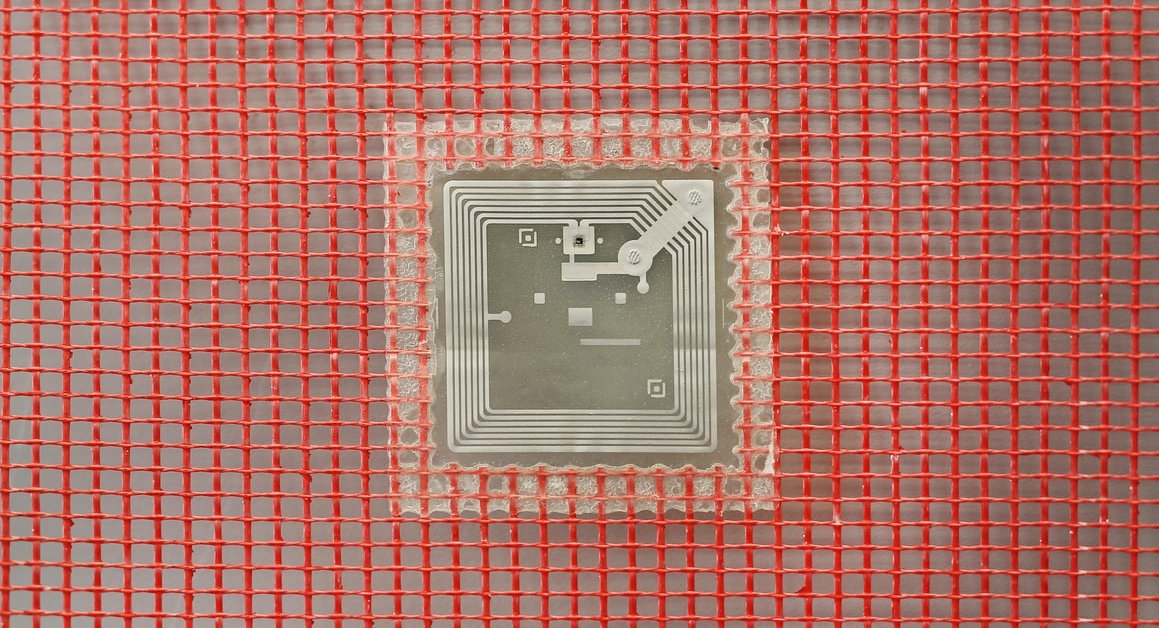
Researchers from Korea have developed a screen that integrates into clothing without needing to remove in the washing process or using any external power source.
- A University In South Korea Gifts Its Freshmen iPhones And AirPods
- These Star Wars Coca-Cola Bottles Have Flexible OLED Panels That Glow
- Electronic Fabrics Can Transform Your Clothes Into A Remote Control
Daily laundry is too simple for the usual clothes we wear every day, but it is currently a huge obstacle to smart clothing. Electronic circuits, power sources of devices will be in trouble when they are put into the washing cycle or in the rain. This has prevented the development of screen integration technology on fabrics and clothing.
Professor Kyung Cheol Choi and his research team from the Korea Advanced Institute of Science & Technology (KAIST) have come up with an effective solution for this barrier. They have enhanced the performance of the display and minimize the need for external energy sources. Display modules integrated on real fabrics including PSCs and OLED are not affected by normal washing cycles.
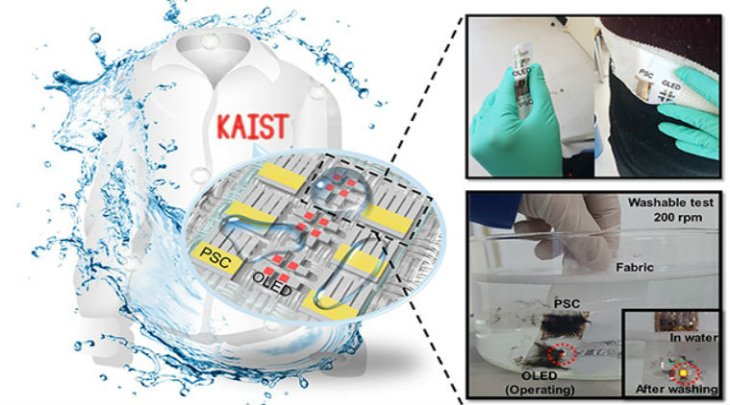
Polymer solar cells (PSCs) are expected to become one of the most used energy sources in optoelectronic and wearable inventions because of their self-powered power and stable energy output. Organic light-emitting diodes (OLEDs) do not require too high a source of energy, it can operate only milliwatts.
However, oxygen and moisture are their enemies, making them quickly affected and damaged. The usual packaging barrier used previously worked quite well in protecting the device in a natural environment, but it lost its mission when it came to water.
Therefore, scientists have developed packaging fences to increase the reliability of devices when operating in water environments. The packing fence is washable thanks to the spinning and atomic layer (ALD) coating.
The new packaging barrier has proven its ability to protect electromagnetic equipment even under water. Moreover, after 20 washes with a 10-minute cycle, the devices inside still work normally and there is no problem.
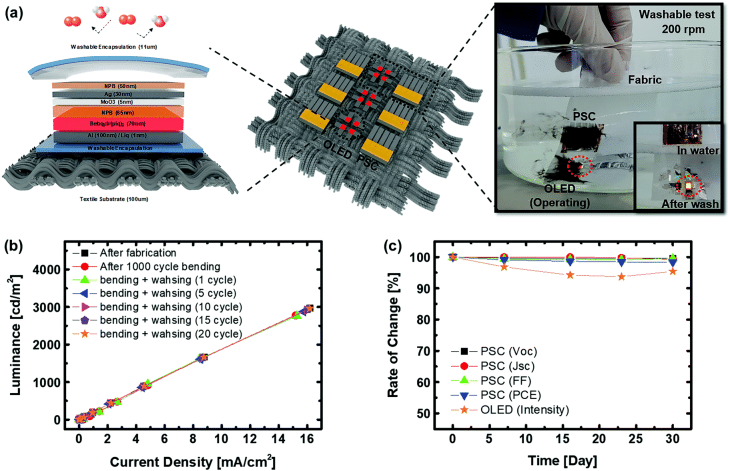
The washing process not only stops at contact with water but clothes must also be bent, crumpled and washed with a lot of pressure. So the encapsulated display screen has been curled up at a 3mm radius, but it still works stably. And after going through several washing stages after 30 days, the packaged device is still unaffected.
Scientists use a textile base for circuits, which helps electronic devices with less mechanical pressure than wearable electronic devices that use traditional plastic substrates. This invention contributes to the commercialization of electrical equipment from wearable and smart clothes.
It is worth noting that these wearable electronics will help reduce the requirement for energy sources because they are equipped with relatively stable self-powered systems.
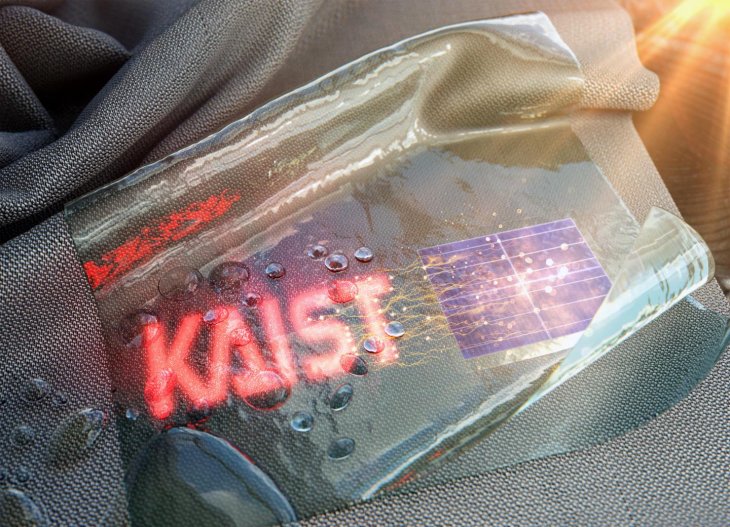
Using solar energy makes this device integrated into clothing become both friendly to the environment and highly applicable. According to Mr. Choi, this wearable display will help pave the way for the development of wearable technology.
Featured Stories
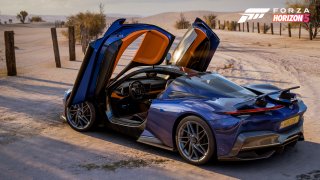
Features - Jul 01, 2025
What Are The Fastest Passenger Vehicles Ever Created?
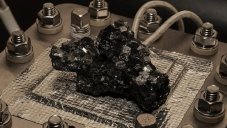
Features - Jun 25, 2025
Japan Hydrogen Breakthrough: Scientists Crack the Clean Energy Code with...

ICT News - Jun 25, 2025
AI Intimidation Tactics: CEOs Turn Flawed Technology Into Employee Fear Machine

Review - Jun 25, 2025
Windows 11 Problems: Is Microsoft's "Best" OS Actually Getting Worse?

Features - Jun 22, 2025
Telegram Founder Pavel Durov Plans to Split $14 Billion Fortune Among 106 Children

ICT News - Jun 22, 2025
Neuralink Telepathy Chip Enables Quadriplegic Rob Greiner to Control Games with...

Features - Jun 21, 2025
This Over $100 Bottle Has Nothing But Fresh Air Inside

Features - Jun 18, 2025
Best Mobile VPN Apps for Gaming 2025: Complete Guide

Features - Jun 18, 2025
A Math Formula Tells Us How Long Everything Will Live

Features - Jun 16, 2025
Comments
Sort by Newest | Popular